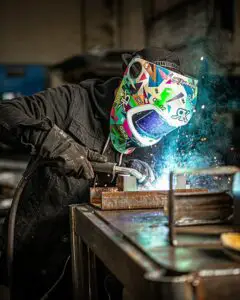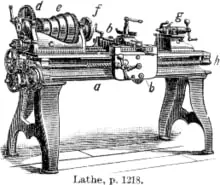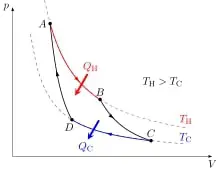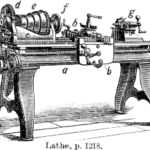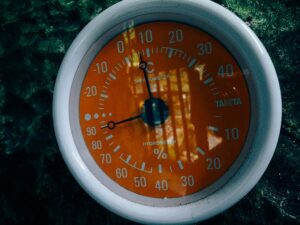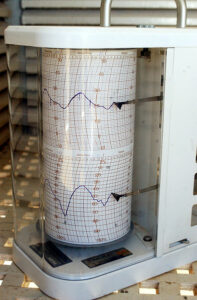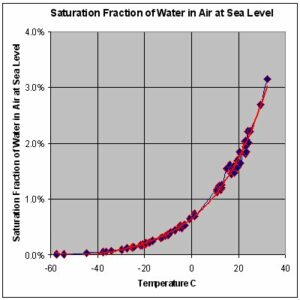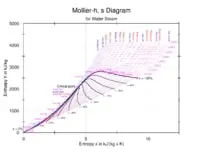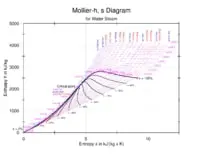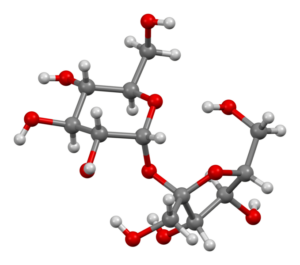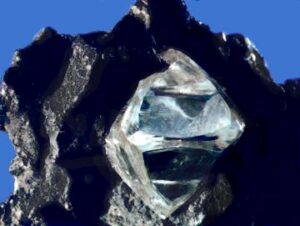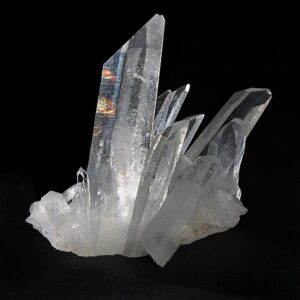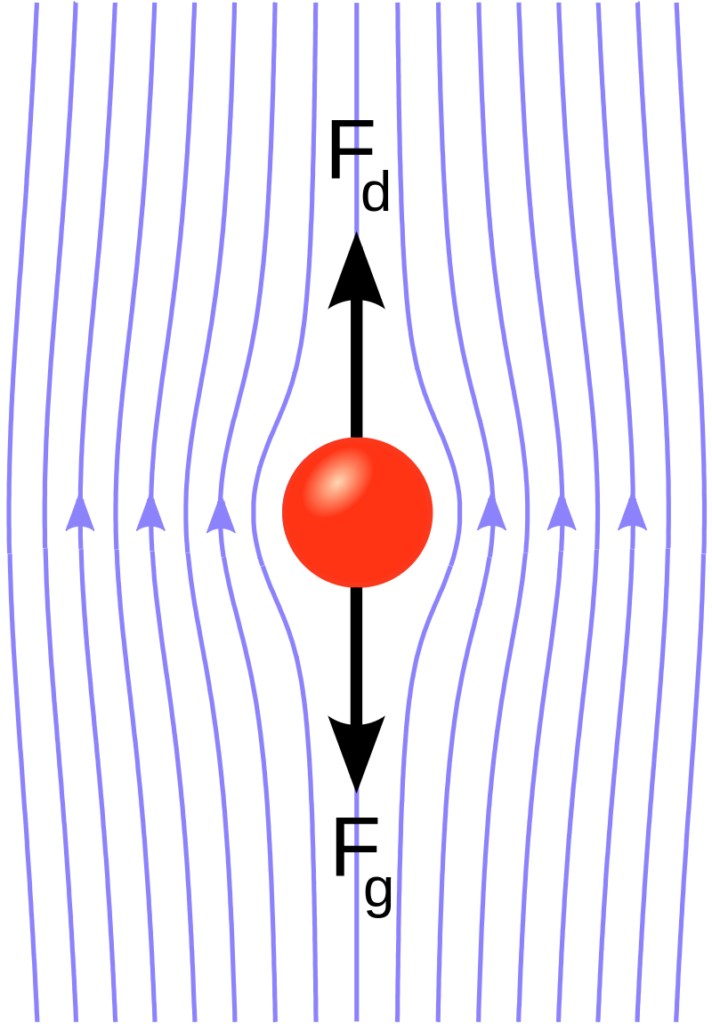“Tig vs Mig welding” topic will be summarize in a brief manner in this article. Tig and Mig both welding are use to prepare the weld with the help of an electric arc.
The way of using the arc is the major difference between the tig welding and mig welding. The difference between the tig welding and mig welding are discuss below,
| Serial number | MIG Welding | TIG Welding |
| 1. | The meaning of the MIG is Metal Insert Gas Welding. MIG Welding also define as, Metal Active Gas Welding (MAG), Gas Metal Arc Welding (GMAW). | The meaning of the TIG is Tungsten Insert Gas Welding. TIG Welding also define as, Gas Tungsten Arc Welding (GTAW). |
| 2. | In the MIG Welding method the electric arc is produce in between a workpiece metal and consumable wire electrode. | In the TIG Welding method the electric arc is produce in between a workpiece metal and non consumable tungsten electrode. |
| 3. | In the MIG Welding method the electrode which is used is a type of consumable wire electrode. | In the TIG Welding method the electrode which is used is a type of non consumable tungsten electrode. |
| 4. | MIG Welding is speedy welding process. | TIG Welding is not too speedy welding process. |
| 5. | MIG Welding is not appropriate for various types of positions. | TIG Welding is appropriate for various types of positions. |
| 6. | MIG Welding is most used in source of direct current power, constant voltage. The MID Welding method also used in alternating current and constant current. | TIG Welding is most used power supply for the constant current in the method of the welding. |
| 7. | Weld deposition rate is too high for the MIG Welding method. | Weld deposition rate is not too high for the TIG Welding method. |
| 8. | MIG Welding method uses in continuous wire feed. | TIG Welding method not uses in continuous wire feed. |
| 9. | MIG Welding method can be applied in thick metal sheet that thickness can be vary upto 40 mm. | TIG Welding method cannot be applied in thick metal sheet, it only applied for thin metal sheet that thickness can be vary upto 5 mm. |
| 10. | The materials which are used in the MIG Welding method are steels, non – ferrous materials and aluminium. | The materials which are used in the TIG Welding method are non – ferrous materials such as magnesium, copper alloys and aluminium, stainless steel. |
| 11. | In the MIG Welding method high skilled operators are not needed to operate. | In the TIG Welding method high skilled operators are needed to operate. |
| 12. | In the MIG Welding method application of filler metal is common. | In the TIG Welding method application of filler metal is not common, when in the process filler metal is needed only that time filler metal is applied. |
| 13. | In the MIG Welding method the equipments which are used are listed below, 1. Welding power supply 2. Welding torch 3. Wire feed unit 4. Shielding gas supply 5. Welding electrode wire | In the TIG Welding method the equipments which are used are listed below, 1. Shielding gas supply 2. Constant current power supply source 3. Non consumable tungsten electrode 4. Welding torch |
| 14. | In the MIG Welding method less virtue of weld is produce | In the TIG Welding method high virtue of weld is produce |
| 15. | In the MIG Welding method filler metal is not needed. The feed electrode wire dissolves and works as a filler metal. | In the TIG Welding method filler metal sometimes needed or sometimes not needed. |
Tig vs. Mig welding strength:
TIG Welding is makes more precise and cleaner weld comparative to the MIG Welding and also others types of methods of arc welding.
TIG Welding method commonly higher and stronger in efficiency comparative to the MIG Welding method.
MIG Welding:-
MIG Welding method is a classification of Arc welding. In the method of MIG Welding a small wire is fed by a torch or tube that catches welded to the metal as the feeds the tube out the wire. MIG Welding is faster easier to operate and cheaper comparative to TIG Welding method. In automotive sector as welding process and in home projects as DIY MIG Welding method is widely used.
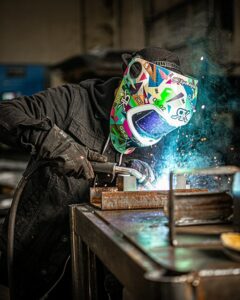
Image Credit – Wikipedia
TIG Welding:-
TIG Welding is faster not easier to operate and time consuming, costly and by the help of TIG welding process high quality welds is produce. In the welding robots website and industry of aerospace MIG Welding is use. In the method TIG Welding both foot by a foot pedal and hands are need to perform.
Tig vs. Mig welding body panels:
Both Metal Insert Gas Welding and Tungsten Insert Gas welding require shielding gases.
While MIG welding is useful when tackling body panels, and doesn’t require such exacting tolerances between panels, the weld is harder than in TIG welding, and leaves a higher weld, meaning heat is generated when grinding a MIG weld back (which often isn’t required at all with TIG) and the hard weld makes it tougher to work with a hammer and dolly to eliminate any warpage.
The benefits of MIG welding are that it’s way easier to weld vertically or even upside down with MIG, less operator skill is required, long welds can be made if distortion isn’t a factor, and it’s easier to learn. Benefits of TIG welding are superior quality welds, precise control of heat input, it’s spatter-free and offers low distortion and minimal cleanup. It also looks good.
Tig vs. Mig welding gloves:
The major differences in the gloves of the weldings are difference between gloves used for TIG and MIG welding.
MIG gloves generally include a thick pad at the back of the hand. This provides protection for a common MIG hand position wherein the weldor will rest the edge of the non-dominant hand against the workpiece, thumb-up.
TIG gloves, on the other hand, are generally made of much thinner, softer leather, or sometimes a mixture of leather and fire-resistant fabric.
MIG gloves also generally have a loose fit. This is handy for quickly removing them if they overheat–a glove can be flung off with one hand.
TIG gloves more snugly, and allows easy finger mobility.
Tig vs. Mig welding sheet metal:
For the both welding process of TIG and MIG sheet metal are used with the stainless steel and aluminium.
In the MIG welding thick sheet metal is used which thickness will be near about 40 mm and in TIG welding the process is done in a thin sheet metal which thickness will be around 6 mm.
Tig vs. Mig welding exhaust:
TIG can be employed with all weldable metals but is the most useful for the welding of alloys such as stainless steel and for thin materials. For this reason, a quality racing exhaust header should be welded using TIG welding.
The hand crafted quality, strength and visual appeal of TIG welding sets Cobra Exhausts apart from other brands that use MIG welding. TIG welding produces a stronger more durable weld that is generally more malleable and less brittle due to the slower cooling rate of the metals.
MIG welding should be mentioned as it is a popular welding method due to its ease of use.To weld an exhaust pipe, we recommend using a MIG welder because it works incredibly well in the welding of thinner metals. The exhaust pipes of vehicles are generally made with thinner metals so that they are lightweight when attached.
Tig vs. Mig welding cost:
The welding cost for the Tungsten Insert Gas welding more expensive than the Metal Insert Gas Welding.
Welding cost of the TIG welding is high because of TIG welding process is very slow welding process and deposition rate will also low and also need to operate this welding process expert hand, altogether tig process became costly whereas, Welding cost of the MIG welding is not too high compare to TIG welding process.
MIG welding process is very fast welding process and deposition rate will also fast and also not need to operate expert hands to operate this welding process.
When to use Tig vs. Mig welding:
In the Metal Insert Gas Welding and Tungsten Insert Gas Welding we cannot use same gas for the both cases.
When we should to use Metal Insert Gas Welding and Tungsten Insert Gas Welding is describe below,
Metal Insert Gas Welding:-
- In the automotive sector and household purposes Metal Insert Gas Welding is widely used.
- MIG Welding can be used in very thick metal sheet the metal sheet thickness can be vary upto 40 mm.
- The materials which are used in the MIG Welding method are steels, non – ferrous materials.
Tungsten Insert Gas Welding:-
- In the pipeline welding and pipeline tig welding process is widely used and also in various industrial fields such as aviation, a sheet metal industry is also used.
- TIG Welding can be used in thin metal sheet the metal sheet thickness can be varying upto only 6 mm.
- The materials which are used in the TIG Welding method are non – ferrous materials such as magnesium, copper alloys and aluminium, stainless steel.
Tig welding vs. Mig welding roll cage:
Mainly there have three types of welder which is sufficient for the roll cages, such as stick, MIG Welder and TIG.
Metal Insert Gas welding can make acceptable welds in a roll cage, where Tungsten Insert Gas welding produce better quality roll cages and a rider could get safer ride in her/his car.
Tig vs Mig welding aluminium:
Aluminium metal is used for both methods Gas Metal Arc Welding (GMAW) and Gas Tungsten Arc Welding (GTAW).
In the industries the experts are prefer more aluminium metal in the Tungsten Insert Gas Welding process because it gives more good result on the thin and light gauge materials comparative to the Metal Insert Gas Welding. Tungsten Insert Gas welding aluminium can make more good quality welds.
Tungsten Insert Gas welding is a slower process and experts are needed to operate but can gives more precise details in the products whereas Metal Insert Gas Welding process is speedy process but not able to give so precise details in the products.
Tig vs Mig welding stainless steel:
Metal Insert Gas welding is a better option when fast welding is needed for the materials like stainless steel.
Stainless steel metal is used for both methods Gas Metal Arc Welding (GMAW) and Gas Tungsten Arc Welding (GTAW). In the industries the experts are prefer more stainless steel metal in the Metal Insert Gas Welding process because it gives more good result on the thick and heavy gauge materials comparative to the Tungsten Insert Gas Welding.
Metal Insert Gas welding can make more good quality welds on the stainless steel materials. Metal Insert Gas welding is a very fast forward process and experts are not needed to operate but it cannot gives more precise details in the products comparative to the Tungsten Insert Gas Welding, whereas Tungsten Insert Gas Welding process is slow process and able to give so precise details in the products.
Tig welding gas vs. Mig welding gas:
In the Tig welding process longer tube is use for fuse two metals and in the mig welding is a feed wire is use which is moves constantly by the gun for creating spark then dissolve to make the weld.
The difference between Tungsten Insert Gas Welding and Metal Insert Gas Welding are describe below,
Tungsten Insert Gas Welding:-
In the Tungsten Insert Gas Welding 100% Argon gas is used. If in the Tungsten Insert Gas Weldingcarbon dioxide gas is a little amount is present then the process could not perform well because carbon dioxide reaction with electrode which is made with tungsten metal. The electrodes of the Tungsten Insert Gas Weldingare non consumable, weld fools are fed with the help of hand. TIG Welding is needed expert to operate but it could give better result than the MIG Welding.
Metal Insert Gas Welding:-
Metal Insert Gas Welding is made with Helium, Argon or Carbon dioxide, but compound of gas normally common as oxygen and argon. The astute reader always should to remember that oxygen and carbon dioxide is not the noble gases. Oxygen and carbon dioxide is deriving as semi insert gases, together with hydrogen and nitrogen. Semi insert gas helps to improve the quality of welding process but can causes too much damage.
Tig vs Mig welding machine:
TIG Welding and MIG Welding both are uses as an electric arc for make the weld.
The major difference between the tig welding and mig welding are listed below,
Diversity:-
The reason behind the widely use of mig welding in the welding process is the varieties of choices of jobs. Tig welding only can uses in the thin metal sheet which thickness is about 6 mm whereas the mig welding process can be used in the thick metal sheet that can be upto 40 mm. The materials which are used in the MIG Welding method are steels, non – ferrous materials and aluminium and the materials which are used in the TIG Welding method are non – ferrous materials such as magnesium, copper alloys and aluminium, stainless steel.
The most advantage of the mig welding method is the wire feed not only works as an electrode it also works as filler metal. As a result, the pieces which are more thick easily can be fused together without heat applying on it the entire path through. For the two different martial type of welding process mig welding easily can be work on workpiece.
Speed:-
The speed of the mig welding method is more than the tig welding method. The welding gun of the mig welding process is designed to run for a very long time without stop which making them more productive and efficient than its counterpart. In the large operations industrial fields’ high production rate is much needed in that particular case mig welding process is very useful. In automotive sector as welding process and in home projects as DIY MIG Welding method is widely used.
Cost:-
In the mig welding process the production of the product can make very quickly in a short time for this reason the mig welding gives more profit margin to any industrial field where as the tig welding process the production of the product cannot make very quickly in a short time for this reason the tig welding cannot gives profit margin as much as mig welding process.
Comfort:-
In the MIG Welding method high skilled operators are not needed to operate for this reason the operation method of the mig welding process is easier than the tig welding process whereas, in the TIG Welding method high skilled operators are needed to operate.
When to use mig welding:
In the Metal Insert Gas Welding process a consumable wire is used which is works as both as filler metal and electrode.
The welding process of mig is uses is listed below,
- In the automotive sector and household purposes Metal Insert Gas Welding is widely used.
- MIG Welding can be used in very thick metal sheet the metal sheet thickness can be vary upto 40 mm.
- The materials which are used in the MIG Welding method are steels, non – ferrous materials.
Application of mig welding:-
- MIG Welding used for maximum classifications of sheet metal welding.
- Fabrication of steel structure and pressure vessels.
- Home improvement industry and automotive industry.
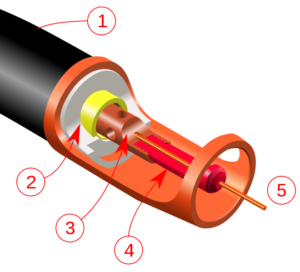
When to use tig welding:
In the Tungsten Insert Gas Welding process filler metal is all time not needed. When filler metal is needed in the operation only that time filler metal is used.
The welding process of tig is uses is listed below,
- In the pipeline welding and pipeline tig welding process is widely used and also in various industrial fields such as aviation, a sheet metal industry is also used.
- TIG Welding can be used in thin metal sheet the metal sheet thickness can be varying upto only 6 mm.
- The materials which are used in the TIG Welding method are non – ferrous materials such as magnesium, copper alloys and aluminium, stainless steel.
Application of tig welding:-
- TIG Welding used for automotive industry.
- Aircraft construction and aerospace.
- Repairing for auto body.
